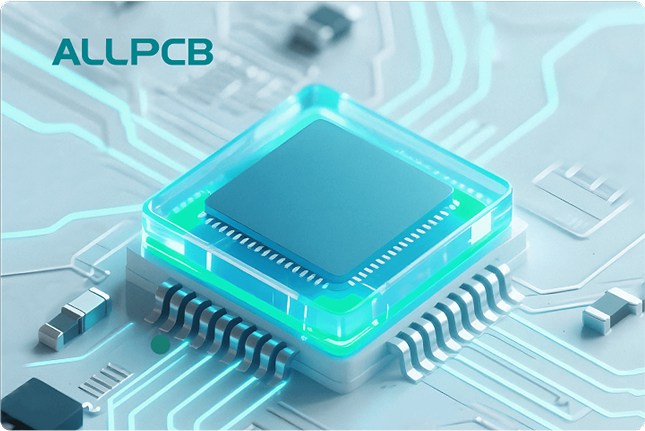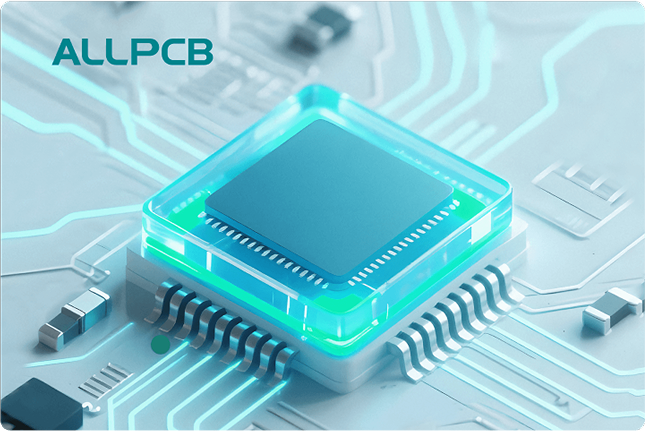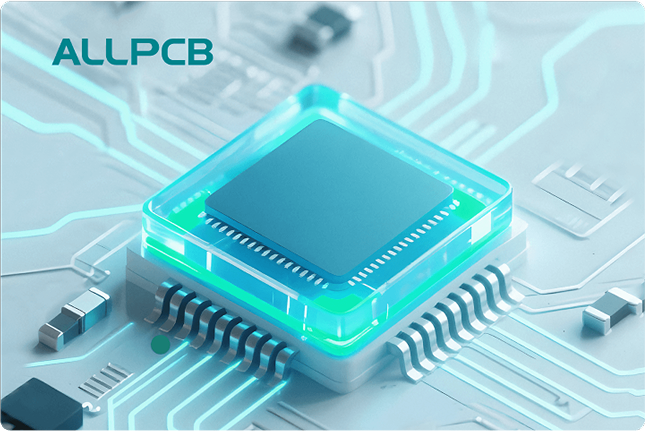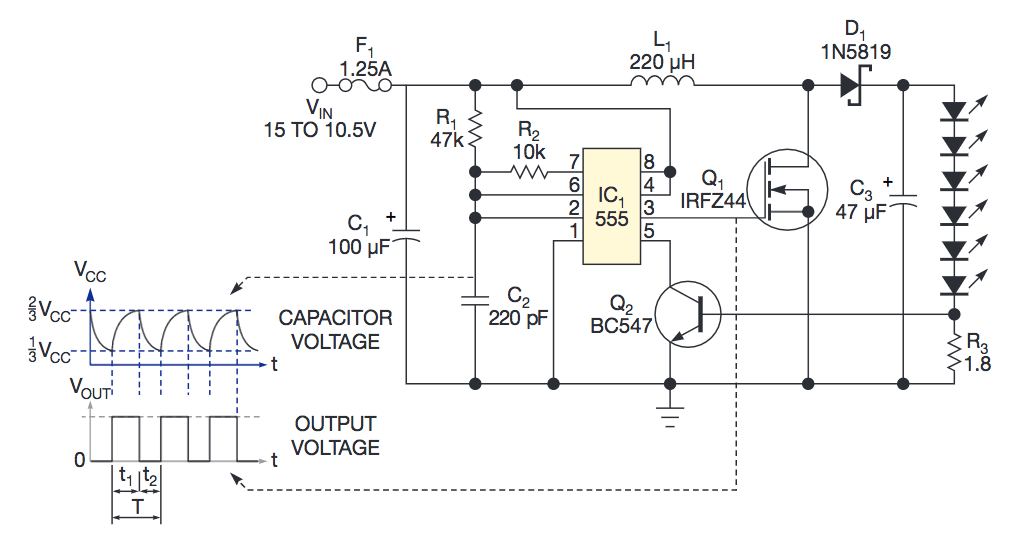In the world of Surface Mount Technology (SMT) assembly, choosing the right stencil material is a critical step that can make or break the quality of your printed circuit board (PCB) production. Whether you're searching for an SMT stencil materials comparison or a stencil material selection guide, this blog will provide you with a comprehensive overview of stencil materials like stainless steel and nickel, their properties, and how to select the best one for your SMT assembly needs. Let’s dive into the details to help you optimize your manufacturing process with precision and efficiency.
Why Stencil Material Selection Matters in SMT Assembly
Stencils play a pivotal role in SMT assembly by ensuring the accurate application of solder paste onto PCBs. The material of the stencil directly impacts the precision of paste deposition, the durability of the stencil, and the overall cost of production. A poor choice can lead to issues like uneven solder paste application, stencil wear, or even defects in the final product. By understanding stencil material properties and comparing options like stainless steel stencils for SMT and nickel stencils for SMT assembly, you can avoid these pitfalls and achieve consistent, high-quality results.

Understanding SMT Stencil Materials: A Comprehensive Comparison
To make an informed decision, it’s essential to explore the most common materials used for SMT stencils. Below, we’ll provide an SMT stencil materials comparison by focusing on stainless steel and nickel, two widely used options, along with their unique properties and applications.
1. Stainless Steel Stencils for SMT
Stainless steel is the most popular material for SMT stencils due to its balance of durability, cost, and performance. Here’s why it’s often the go-to choice for many manufacturers:
- Durability: Stainless steel stencils are highly resistant to wear and tear, making them ideal for high-volume production runs. They can withstand thousands of print cycles without significant deformation.
- Cost-Effectiveness: Compared to other materials, stainless steel offers a lower cost per use, especially for long-term projects.
- Precision: With laser-cutting technology, stainless steel stencils can achieve aperture sizes as small as 0.3 mm, ensuring accurate solder paste application for fine-pitch components.
- Limitations: Stainless steel may not provide the same level of precision for ultra-fine pitch applications (below 0.3 mm) as some alternative materials. It can also be prone to slight burrs during cutting if not processed with high-quality equipment.
Best Use Case: Stainless steel stencils for SMT are perfect for standard to high-volume production with component pitches above 0.4 mm, where durability and cost are key considerations.
2. Nickel Stencils for SMT Assembly
Nickel stencils, often created through an electroforming process, are a premium option for applications requiring extreme precision. Let’s break down their advantages and drawbacks:
- Superior Precision: Nickel stencils offer exceptionally smooth aperture walls, reducing the risk of solder paste sticking and ensuring clean release. They can handle ultra-fine pitch components with apertures as small as 0.2 mm.
- Durability: Nickel is highly resistant to corrosion and wear, though it may not last as long as stainless steel in extremely high-volume runs due to its thinner construction.
- Cost: Nickel stencils are more expensive to produce due to the electroforming process, making them less cost-effective for low-budget or high-volume projects.
- Limitations: Their thinner structure can make them more susceptible to physical damage if not handled carefully.
Best Use Case: Nickel stencils for SMT assembly shine in low-to-medium volume production with ultra-fine pitch components, such as advanced microelectronics or high-density interconnect (HDI) boards.

3. Other Stencil Materials to Consider
While stainless steel and nickel dominate the market, other materials like polyester (for framed stencils) and hybrid options are sometimes used. However, these are less common due to their specific applications:
- Polyester: Often used in prototype or low-volume runs, polyester stencils are affordable but lack the durability and precision of metal stencils.
- Hybrid Stencils: Combining materials or manufacturing techniques (like laser-cut and electroformed), these are tailored for niche applications but can be costly and complex to produce.
For most SMT assembly needs, stainless steel and nickel remain the primary choices due to their proven performance and widespread availability.
Stencil Material Properties: Key Factors to Evaluate
When diving into a stencil material selection guide, understanding the core stencil material properties is essential. Below are the critical factors to consider when choosing between materials like stainless steel and nickel:
1. Aperture Precision and Smoothness
The smoothness of aperture walls affects how cleanly solder paste releases onto the PCB. Nickel stencils typically have smoother walls due to the electroforming process, reducing defects like bridging or insufficient paste. Stainless steel, while precise with laser cutting, may have slightly rougher edges unless polished or treated post-production. For fine-pitch components (below 0.4 mm), nickel often outperforms stainless steel in this regard.
2. Durability and Wear Resistance
Durability determines how many print cycles a stencil can endure before needing replacement. Stainless steel stencils can handle over 50,000 cycles in high-volume settings, while nickel stencils may start showing wear after 20,000 to 30,000 cycles due to their thinner build. If longevity is a priority, stainless steel is the better choice.
3. Thickness and Flexibility
Stencil thickness impacts the volume of solder paste deposited. Stainless steel stencils typically range from 0.1 mm to 0.2 mm in thickness, suitable for most applications. Nickel stencils can be made thinner (down to 0.08 mm), which is ideal for ultra-fine pitch but less robust. Thicker stencils deposit more paste, while thinner ones offer better control for smaller components.
4. Cost and Production Volume
Cost is a significant factor in stencil selection. Stainless steel stencils are generally 30-50% less expensive than nickel stencils, making them ideal for budget-conscious or high-volume projects. Nickel’s higher cost is justified only when precision for fine-pitch components is non-negotiable.
Stencil Material Selection Guide: How to Choose the Right One
Selecting the best stencil material for your SMT assembly process involves balancing several factors based on your specific project requirements. Follow this stencil material selection guide to make an informed decision:
Step 1: Assess Component Pitch and Density
Determine the smallest component pitch on your PCB design. For pitches above 0.4 mm, stainless steel stencils provide sufficient precision at a lower cost. For pitches below 0.3 mm or high-density designs, consider nickel stencils for their superior accuracy and smooth aperture walls.
Step 2: Evaluate Production Volume
For high-volume production (thousands of boards), stainless steel’s durability makes it the practical choice, as it withstands repeated use without significant wear. For low-to-medium volume runs or prototypes with fine-pitch needs, nickel stencils offer the precision required without the concern of rapid wear-out.
Step 3: Consider Budget Constraints
If cost is a limiting factor, stainless steel stencils are the more economical option. However, if your project demands high precision and you can justify the expense, investing in nickel stencils can reduce defects and improve yield rates, potentially offsetting the initial cost.
Step 4: Factor in Manufacturing Process
The method used to create the stencil (laser cutting for stainless steel or electroforming for nickel) affects its performance. Ensure that your manufacturing partner uses high-quality equipment to avoid issues like burrs or inconsistent apertures, regardless of the material chosen.
Practical Tips for Optimizing Stencil Performance
Beyond material selection, how you handle and maintain your stencil can significantly impact its effectiveness in SMT assembly. Here are some actionable tips to maximize performance:
- Regular Cleaning: Clean your stencil after every 5-10 print cycles to prevent solder paste buildup, which can lead to uneven application. Use appropriate cleaning solutions to avoid damaging the material.
- Proper Storage: Store stencils in a flat, protected environment to prevent bending or scratching, especially for thinner nickel stencils.
- Adjust Print Parameters: Optimize printer settings like squeegee pressure (typically 8-12 kg for stainless steel) and speed (20-40 mm/s) based on the stencil material and thickness to achieve consistent paste deposition.
- Inspect Regularly: Check for wear or damage after every few thousand cycles, especially for high-volume runs, to avoid quality issues in production.

Conclusion: Make the Right Choice for Your SMT Assembly
Mastering SMT assembly starts with understanding the nuances of stencil material selection. Whether you opt for stainless steel stencils for SMT or nickel stencils for SMT assembly, your choice should align with your project’s specific needs—be it precision for fine-pitch components, durability for high-volume production, or cost efficiency for budget constraints. By following this stencil material selection guide and considering key stencil material properties, you can ensure a smooth and efficient SMT process that delivers high-quality PCBs every time.
At ALLPCB, we’re committed to supporting your manufacturing journey with expert guidance and high-quality solutions. Use this SMT stencil materials comparison as a foundation to enhance your assembly process and achieve outstanding results in your next project.
 ALLPCB
ALLPCB







